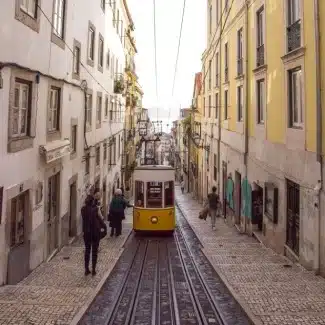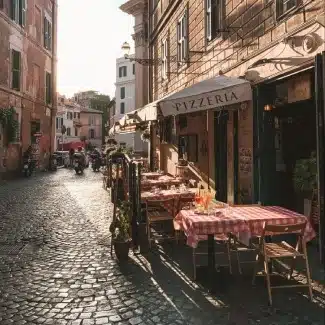Europe has long been a favorite travel destination for North Americans and for a good reason. Europe is a beautiful continent with incredible diversity, fascinating history, and many different cultures and languages, all packed into a relatively small area.
In order to make the most out of your Europe trip, it’s important you pack correctly, and that includes bringing the right power adapter. You don’t want to risk the integrity of your electronics or a broken phone, laptop, Kindle, or tablet due to a lack of preparedness. Use this quick guide to learn the basics and prepare for your adventure!




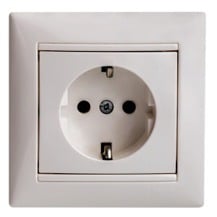
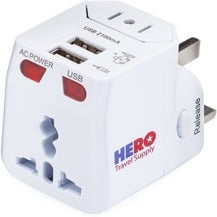

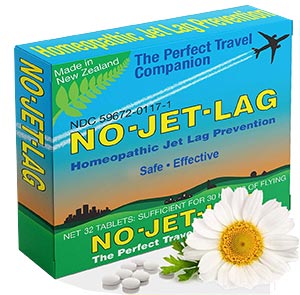


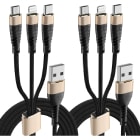

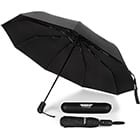
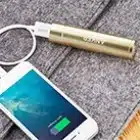

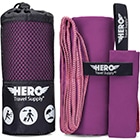




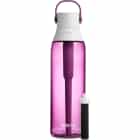
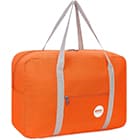
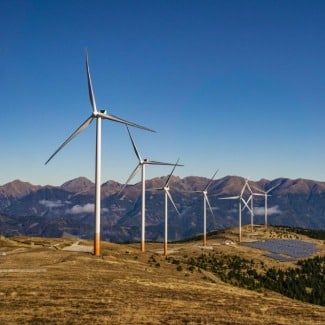 Europe differs from the US in that a higher portion of the electricity is generated from renewable sources. In Europe, you will often see solar panels along the highways, and wind turbines are quite common on and offshore.
Europe differs from the US in that a higher portion of the electricity is generated from renewable sources. In Europe, you will often see solar panels along the highways, and wind turbines are quite common on and offshore.
